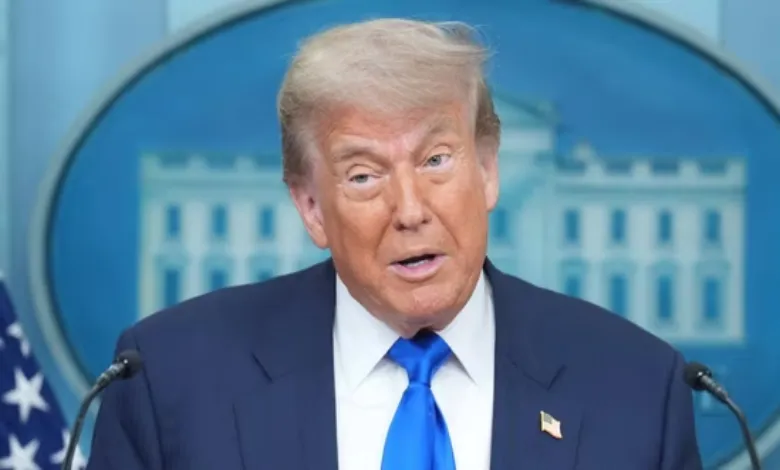On Monday, President Donald Trump maintained current tariff rates on Chinese imports by extending a 90-day truce, one that carefully avoids a sharp escalation that could have verged on a near-total trade lockdown. U.S. duties remain at 30%, while China continues to apply a 10% levy far lower than the triple digit hikes looming had the pause not been renewed
Only hours earlier, Trump made it clear that he was taking an uncompromising approach toward India’s trade practices. He underscored his aggressive posture by asserting, “No one else would have been so tough, and I haven’t stopped there,” positioning himself as a hardliner on global trade enforcement
The deferral of escalating tariffs on Chinese goods kept a potential trade freeze at bay, effectively preserving a delicate balance in economic ties between the world’s two largest economies. Analysts suggest that the delay may be a tactic to gain further leverage in negotiations
While China enjoys this temporary reprieve, India’s newly imposed tariffs signal a different message entirely. Trump’s rhetoric frames India as a counterpoint less favored, more targeted, and subject to stringent measures.
Kelly Ann Shaw, formerly a senior White House trade official and now with Akin Gump, noted, “It wouldn’t be a Trump-style negotiation if it didn’t go right down to the wire,” implying that the China pause could be used as a bargaining chip in broader trade leverage strategy
In sum, Trump has taken a dual-track approach: easing pressure on China, for now, while escalating economic constraints on India. The developments underscore a strategic manipulation of trade policy to punctuate his negotiating style sharp, assertive, and calculated.
